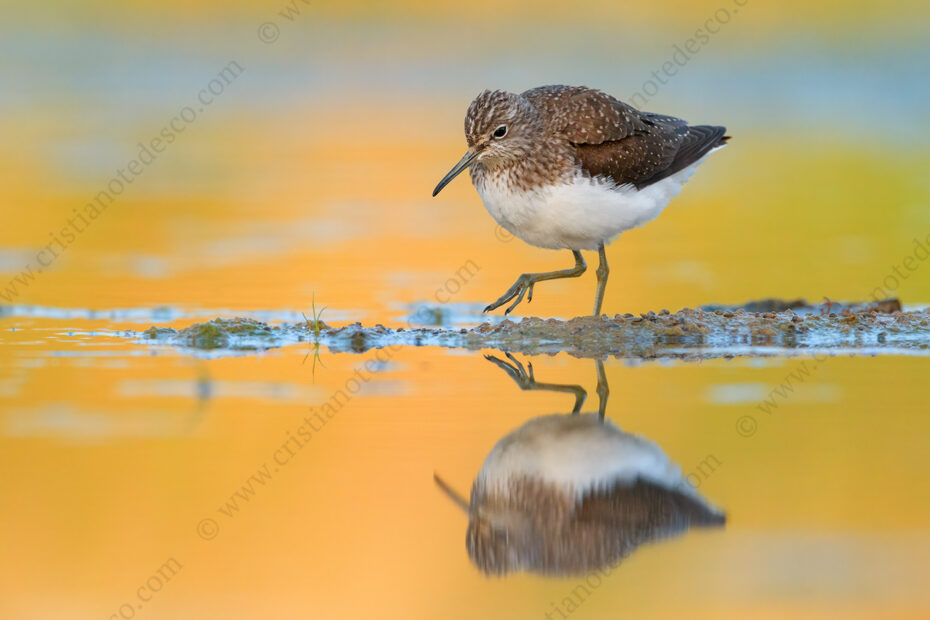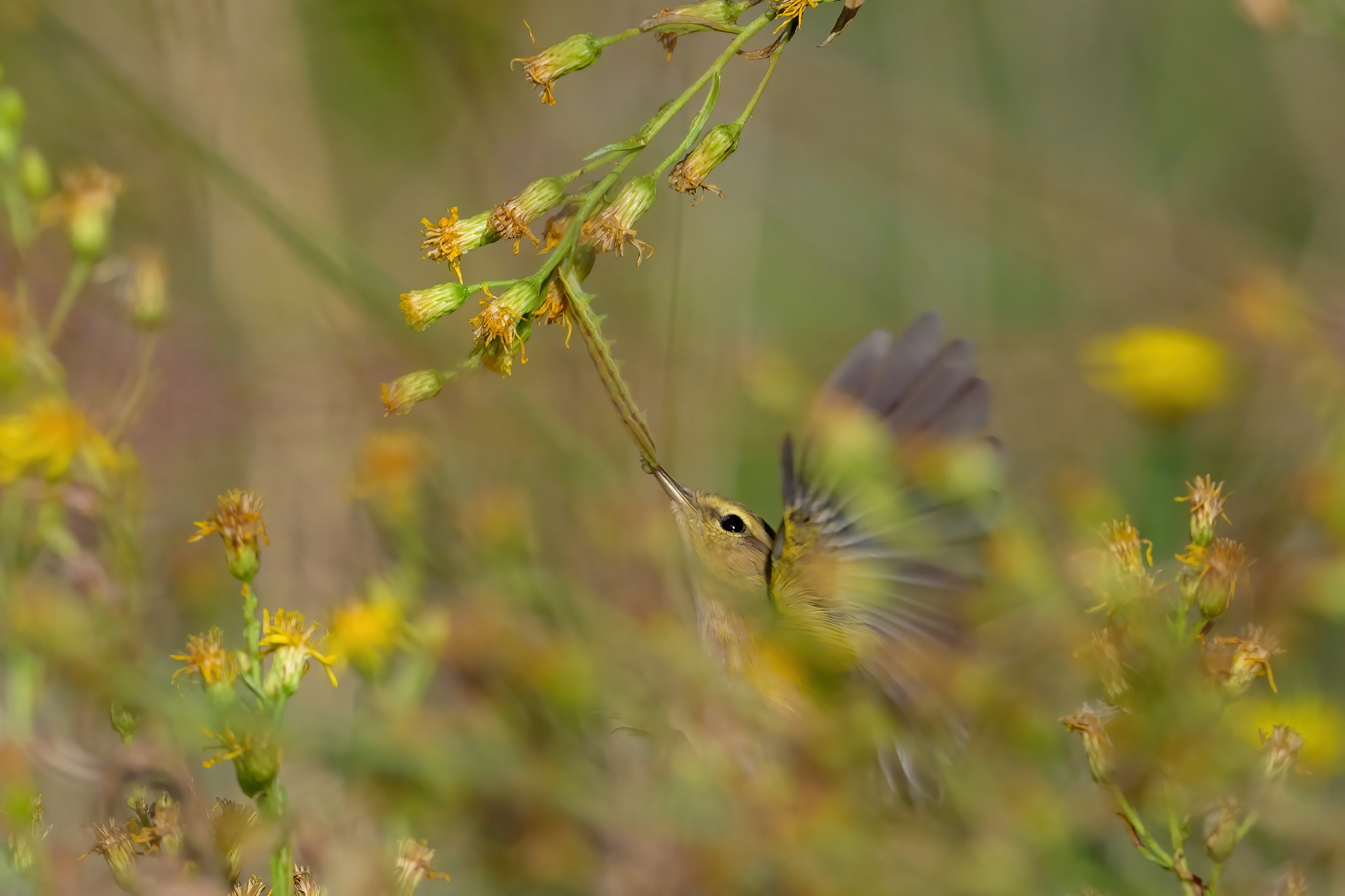When fatigue doesn't matter, it counts to be there
Photographing waterfowl and shorebirds is one of the most enveloping experiences in the genre of birdlife photography. Also one of the most exhausting, without a doubt. And as always, in nature, even at the risk of go blank. Not taking photos home when I go out to take pictures is an eventuality that I never exclude. Even if anticipating the risk only minimizes the frustration! I never mind having to work for stalking, to study and improve the sets, to understand lights, find subjects ... indeed, I generally find the taste for discovery in them, but also that of mental exercise in problem solving.
When, on the other hand, all the environmental variables, of light, time and space, coincide and then the subject for some other crazy variable is not where it should ... and you figure the shot in mind, you are about to click but in the void, a certain sense of defeat you feel it. However, it often happens that just at the moment of maximum dejection, when you would like to take everything apart and leave even that uncomfortable position and that unnatural posture to which you have subjected your tendons - it happens that something suddenly takes a new turn, and the ' expected becomes real : even better than I imagined! On the best days, even the unexpected can manifest itself as an unexpected as well as welcome cure ... Aristotelian power and act, that's it!
520 / 5000 Risultati della traduzione But back to the starting topic: photographing water birds and waders. I don't want to talk about it from a technical-photographic point of view, because we already talk about it a lot and often. Rather from the emotional and more purely naturalistic one. The photos of these subjects are obviously taken from a low shooting point, as low as possible: it means lying on the ground, prone. It is an uncomfortable and unnatural position, especially if you have to raise your head to look through the viewfinder, which puts stress on the nape, neck and back.
But ... but you are 10 centimeters from the mud. You can smell it. Sometimes I have used a mobile tent and I have positioned myself on an islet in the middle of the lake ... the birds, after a while, return to the lake and are around you, at the same height as you (because you are lying down), you feel their movements in the water, the calls, the rustle of the wings: it's a bit like having the same point of view as your subjects. And it is in itself thrilling, albeit tiring. Without considering the magic of the light on the water mirror.
I must say that this emotional perception of the encounter is "human" and terribly non-natural . At least I think so. But I am quite convinced that nature is unaware of its beauty . And that we enhance the beauty of nature because we often flee from the hideous-human. The question is this: that Pyro pyro or that heron are there because they are there and the lake turns golden because the sun is low and the reeds and the shores of the lake are reflected with their colors warmed by the grazing light. They are, there are. But do they know they are there?
Being there counts for those who want to meet that beauty. Photography, I never tire of repeating it, always comes later. But even earlier. In preparation, in studying, in waiting. In the meantime, for me there is an encounter. Shooting, in that moment, becomes one: following the subject, composing, controlling the MAF, without thinking any more ... it is in fact a desperate attempt to bring with you a piece of that extraordinary beauty that you are inhaling and breathing ... That shot it's not perfect, in fact it's full of flaws, but I usually see them all afterwards - even if during the shot I often sense that something is not turning as it should, I try to be there anyway .





formidabile ed eccezionale sito blog. Io in realtà voglio grazie, per averci offerto di gran lunga migliori dettagli.
E’ bello e interessante, e molto vero ciò che scrivi.
Il soggetto è importante, ma la luce e i colori tenui dello sfondo lo esaltano, tanti complimenti!!!
Ti ringrazio per i complimenti, mi dedico alla fotografia naturalistica non da tantissimo ma comunque da diversi anni e questo articolo non è proprio recentissimo, ma oggi confermerei quanto scrivevo.